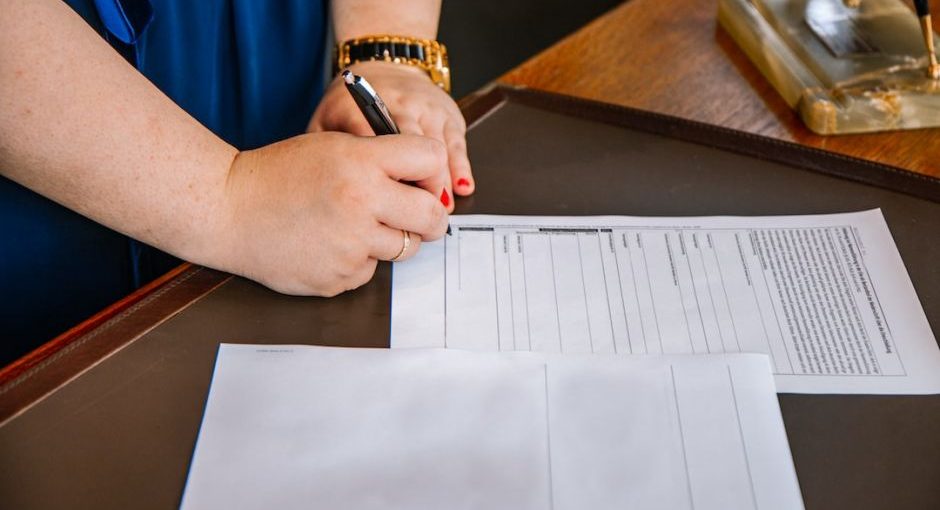Whether you’re trying to help an elderly parent manage his or her affairs or you’re looking to make arrangements for a family member with a disability, in Washington State you may need to get a power of attorney. A power of attorney is a legal document that grants someone else the authority to act on your behalf in specific situations. Here are the steps to take in order to get power of attorney in Washington State.
Understand the Different Types of Power of Attorney
The first step in getting power of attorney is to understand the different types of documents available. In Washington State, there are two basic types of power of attorney documents: durable power of attorney and statutory short form power of attorney.
Durable power of attorney allows the person granting the power of attorney (the “principal”) to appoint someone else (the “attorney-in-fact”) to make decisions about the principal’s finances, property, and other assets. The durable power of attorney remains in effect even if the principal becomes incapacitated.
Statutory short form power of attorney is a simpler document that allows the principal to authorize decisions on his or her behalf in specific circumstances. This type of document is often used for a one-time transaction, such as selling a car or closing on a house.
Choose an Attorney-in-Fact
Once you’ve determined the type of document you need, you’ll need to choose someone to be your attorney-in-fact. This person should be someone you trust to act in your best interests. Your attorney-in-fact should be willing and able to handle the tasks you’ve assigned them, and you should make sure to discuss your expectations with them in advance.
Get the Documents Prepared
Once you’ve chosen an attorney-in-fact, you’ll need to have the documents prepared. Generally, you’ll need to have an attorney draw up the documents, although there are some do-it-yourself options available. Make sure the documents are properly filled out and signed by both you and your attorney-in-fact.
Notarize and File the Documents
Once the documents are filled out, you’ll need to have them notarized. You can usually have the documents notarized at your local bank. Once the documents are notarized, you’ll need to file them with the county clerk in the county where you live.
Provide Copies to Your Attorney-in-Fact and Others
Once the documents are filed, you’ll need to provide copies to your attorney-in-fact and anyone else who needs them. Make sure to keep a copy for yourself, as well.
Conclusion
Getting power of attorney in Washington State is not a complicated process, but it is important to understand the different types of documents available and to choose an attorney-in-fact you trust. Make sure you have the documents properly prepared, notarized, filed, and distributed. With the right steps, you can ensure that your affairs are managed according to your wishes.




